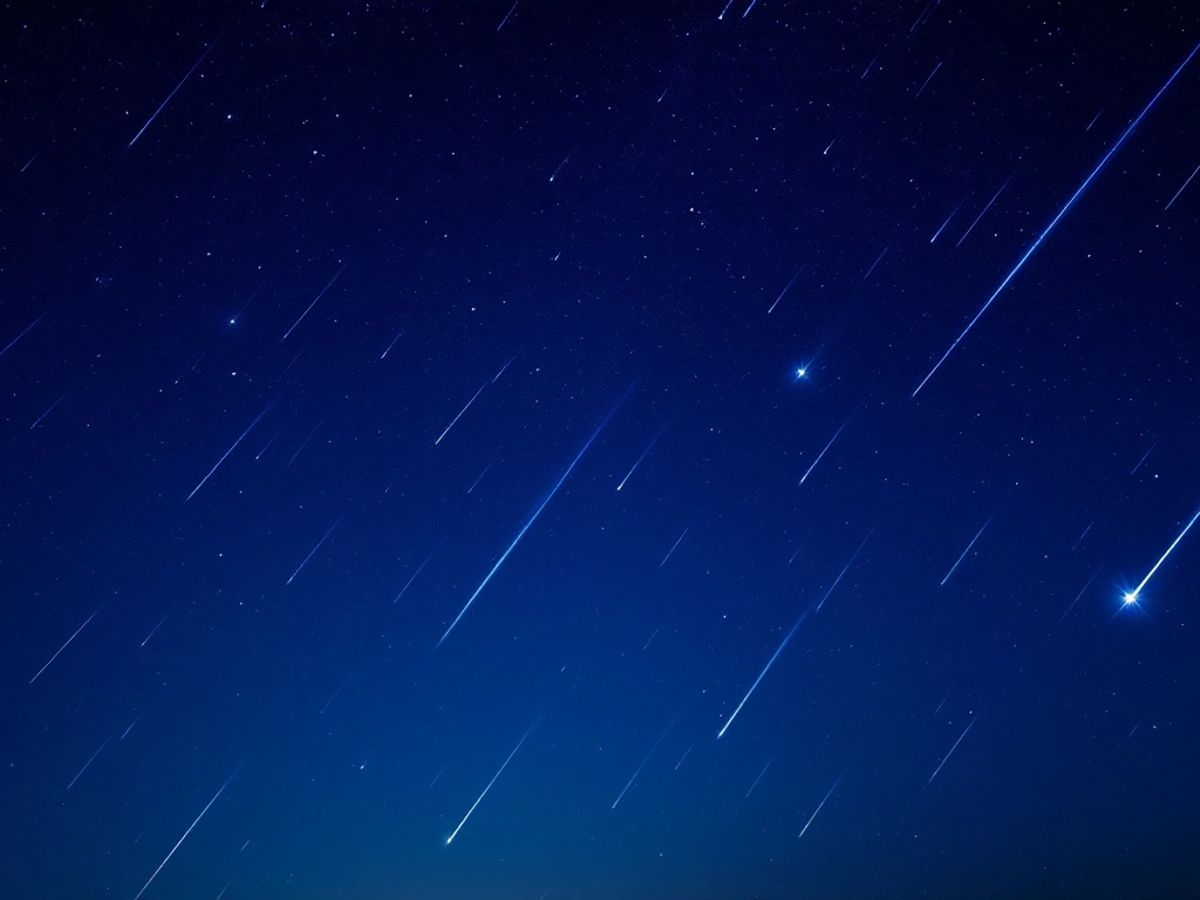Tonight, stargazers around the world are in for a treat as the Orionid meteor shower reaches its peak. This annual event, which occurs when Earth passes through debris left by Halley’s Comet, promises a dazzling display of shooting stars, with optimal viewing conditions expected after midnight.

Key Takeaways
- Peak Viewing Time: Best seen after midnight until dawn.
- Meteor Rate: Expect 10-25 meteors per hour.
- Viewing Conditions: Clear skies are ideal; the bright moon may hinder visibility.
- Location: Find a dark area away from city lights for the best experience.
What Are the Orionids?
The Orionid meteor shower is one of the most beautiful celestial events of the year. It occurs annually in October when Earth travels through the trail of debris left by Halley’s Comet. This comet, which orbits the sun every 76 years, sheds dust and ice particles that create the stunning meteor shower.

When To Watch Orionid Meteor Shower
The Orionids are expected to peak tonight, particularly between midnight and dawn. The best time to catch the most meteors will be early Monday morning, with the potential to see up to 25 meteors per hour.
Viewing Tips
To maximize your viewing experience, consider the following tips:
- Find a Dark Spot: Choose a location away from city lights and obstructions.
- Lie Flat: Position yourself on your back with your feet facing southeast to take in as much of the sky as possible.
- Give Your Eyes Time: Allow about 30 minutes for your eyes to adjust to the darkness.
- Avoid Bright Lights: Stay off your phone and other devices to enhance your night vision.
What To Expect
The meteors from the Orionids are known for their speed, traveling at approximately 148,000 mph. They can leave glowing trails that last for several seconds, creating a spectacular visual effect. While the radiant point of the shower is in the constellation Orion, meteors can appear anywhere in the sky.
Weather Considerations
Weather conditions will play a crucial role in visibility. Clear skies are ideal, but the bright waning gibbous moon may obscure some of the fainter meteors. Check local forecasts to find the best viewing conditions in your area.
Conclusion
The Orionid meteor shower is a must-see event for astronomy enthusiasts and casual stargazers alike. With the right preparation and a bit of patience, you can enjoy one of nature’s most beautiful displays. So grab a blanket, find a dark spot, and look up to witness the wonders of the night sky!
Sources
- Orionid meteor shower peaks tonight: How to see it, NewsNation.
- Orionids meteor shower peaks tonight: Best times, places to see debris from Halley’s comet, AL.com.
- Orionid Meteor Shower peaks tonight. Here’s how to see it – WTOP News, WTOP.
- Orionid meteor shower tonight: When, where, how to see Orionids peak- Fast Company, Fast Company.
- Orionid Meteor Shower peaks this evening with up to 25 shooting stars every hour – here’s how to watch the spectacular display from your hometown | Daily Mail Online, Daily Mail.



Leave a Reply
You must be logged in to post a comment.